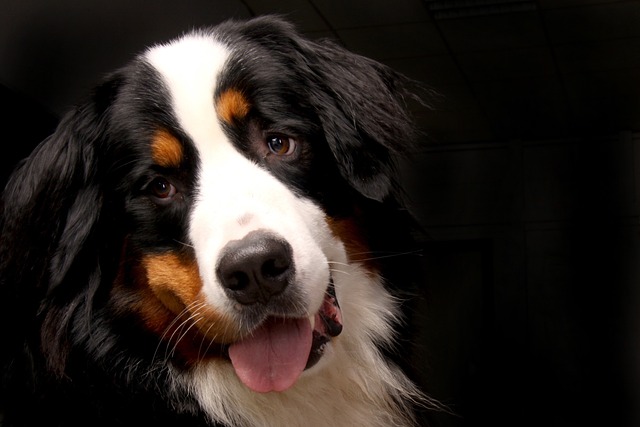
What causes dogs to have bad breath?
Ever leaned in for a kiss from your furry friend, only to recoil at that less-than-pleasant whiff? Doggy breath isn't just an olfactory nuisance—it can be a red flag waving you towards potential health issues.
Sharing food with your furry companion feels like an act of love, right? Those pleading eyes under the dinner table are hard to resist. But before you slip Fido a bite of your snack, it's crucial to understand that our canine pals process food very differently than we do. What’s perfectly fine for us can be surprisingly dangerous, or even deadly, for them. Figuring out what's safe isn't just about kindness; it's about responsible pet ownership, especially considering the specific regulations and common practices in places like the US and Europe.
Let's start with the absolute no-gos. Some human foods are toxic to dogs and must be strictly avoided. Chocolate and anything containing caffeine top this list – the compounds in them (methylxanthines) can cause serious heart problems, seizures, and worse. Grapes and raisins, seemingly harmless, can trigger sudden and severe kidney failure, even in small amounts. Then there's xylitol, an artificial sweetener sneaking into gum, candy, some peanut butter, and even baked goods. For dogs, xylitol causes a massive insulin spike, leading to dangerously low blood sugar and potential liver damage – always, always check labels meticulously. Onions, garlic, chives, and leeks, whether raw, cooked, or powdered, damage red blood cells, causing anemia. And alcohol? Even small amounts can cause intoxication, organ failure, or worse – keep drinks well out of paw's reach.
Now, the good news! Many wholesome human foods can actually be healthy and enjoyable treats for your dog, when given in strict moderation. Think of them as special extras, never the main course. Lean, cooked meats like plain chicken, turkey, or beef (absolutely no seasoning, onions, garlic, or bones!) are fantastic protein sources. Cooked salmon (thoroughly deboned) or sardines packed in water offer beneficial omega-3 fatty acids. Crunchy veggies like raw or cooked carrots, green beans, or cucumber slices are low-calorie winners, and plain canned pumpkin (not pie filling!) can be great for digestion. For sweetness, small pieces of apple (core and seeds removed), blueberries, strawberries, or banana are generally safe bets. Plain yogurt or low-fat cottage cheese can be okay for some dogs, but introduce it slowly – many pups are lactose intolerant, leading to upset stomachs.
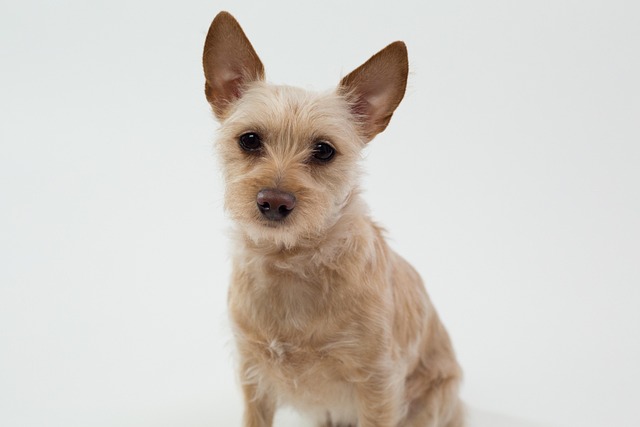 Then we have the "proceed with extreme caution" zone. Peanut butter is a classic dog favorite, but it must be the right kind: xylitol-free, unsalted, and low in sugar and fat. A tiny lick is plenty. Cheese? While many dogs adore it, it's high in fat and salt. If you offer it, choose low-fat options like mozzarella or cottage cheese, and keep it to a minuscule nibble. Plain white or wheat bread in a tiny piece is usually non-toxic but offers little nutritional value – avoid raw dough entirely. Cooked eggs are an excellent protein boost, but they must be fully cooked to eliminate salmonella risk; skip the shell. Plain, air-popped popcorn (unsalted, unbuttered, and only fully popped kernels) can be a rare, minimal treat. The key here is portion control and understanding your individual dog's tolerance. That tiny piece of cheese for a Great Dane is a mountain for a Chihuahua and could lead to pancreatitis.
Then we have the "proceed with extreme caution" zone. Peanut butter is a classic dog favorite, but it must be the right kind: xylitol-free, unsalted, and low in sugar and fat. A tiny lick is plenty. Cheese? While many dogs adore it, it's high in fat and salt. If you offer it, choose low-fat options like mozzarella or cottage cheese, and keep it to a minuscule nibble. Plain white or wheat bread in a tiny piece is usually non-toxic but offers little nutritional value – avoid raw dough entirely. Cooked eggs are an excellent protein boost, but they must be fully cooked to eliminate salmonella risk; skip the shell. Plain, air-popped popcorn (unsalted, unbuttered, and only fully popped kernels) can be a rare, minimal treat. The key here is portion control and understanding your individual dog's tolerance. That tiny piece of cheese for a Great Dane is a mountain for a Chihuahua and could lead to pancreatitis.
Being a savvy pet parent in the US or EU also means being aware of the bigger picture beyond the kitchen scraps. Pet food safety is highly regulated for good reason. Reputable commercial dog foods are formulated to meet strict nutritional standards set by bodies like the AAFCO in the US or FEDIAF in Europe. These standards ensure your dog gets a complete and balanced diet. If you're tempted by homemade meals or the raw food trend, tread carefully. Creating a nutritionally complete homemade diet is complex and requires guidance from a veterinary nutritionist to avoid dangerous deficiencies or imbalances. Raw diets carry significant risks of bacterial contamination (like Salmonella or E. coli) for both your pet and your family, and handling them requires stringent hygiene. In fact, some local ordinances might restrict the sale of raw meat specifically for pet food due to public health concerns. Beware of marketing buzzwords like "human-grade" or "natural" on pet food – these aren't regulated pet food terms and don't automatically mean safer or healthier. Look for the AAFCO or FEDIAF nutritional adequacy statement instead. Also, resist the urge to add supplements without consulting your vet; this can do more harm than good, and regulations around things like CBD vary significantly.
Ultimately, the safest and most reliable foundation for your dog's diet is a high-quality commercial food specifically designed for their life stage (puppy, adult, senior) and any health needs. Any human food should be considered strictly an occasional treat, making up no more than 10% of their daily calorie intake. Always introduce any new food in a tiny amount first to watch for any allergic reaction or digestive upset. Remember, cooked bones are a major hazard – they can splinter and cause choking or serious internal injuries. When in doubt? The golden rule applies: When in doubt, leave it out! Stick to known safe options.
Your veterinarian is your absolute best partner in your dog's nutrition. Their needs change dramatically based on breed, age, size, activity level, and underlying health conditions (like allergies, kidney disease, or diabetes). Before making any significant dietary shifts, adding new regular "people food" treats, or starting supplements, have a conversation with your vet. They understand your dog's unique requirements and the specific health landscape and regulations in your area. Knowing what your dog can safely eat empowers you to make loving, responsible choices that keep those tails wagging happily and healthily for years to come. It’s not just about sharing your snack; it’s about safeguarding their well-being with every bite.

Ever leaned in for a kiss from your furry friend, only to recoil at that less-than-pleasant whiff? Doggy breath isn't just an olfactory nuisance—it can be a red flag waving you towards potential health issues.

Picture coming home to find your 10-year-old German Shepherd has torn up the living room rug—unthinkable from the pup who’d never chew a shoe.
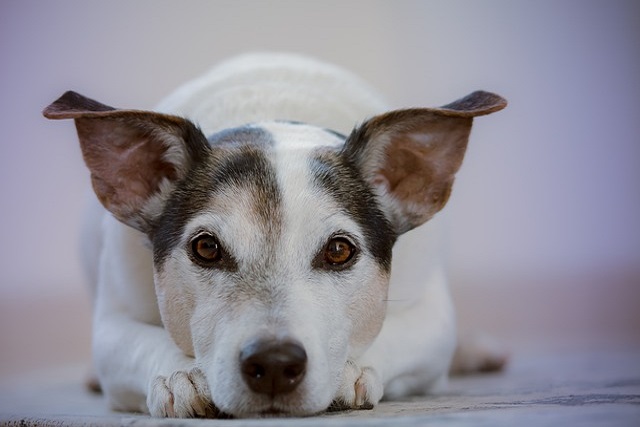
If coming home to find your dog panting by the door, with a fresh puddle of vomit beside them. You haven’t fed them for hours—could their separation anxiety be making them sick?
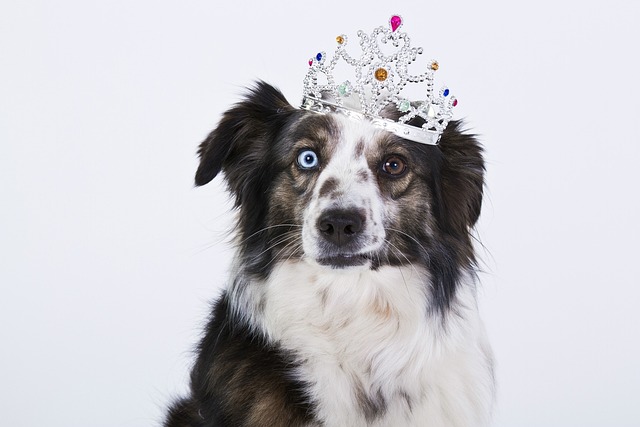
If you’ve ever leaned in for a doggy kiss only to recoil from a whiff that could clear a room, you’re not alone. Bad dog breath isn’t just a nuisance—it can be a sign of underlying health issues.
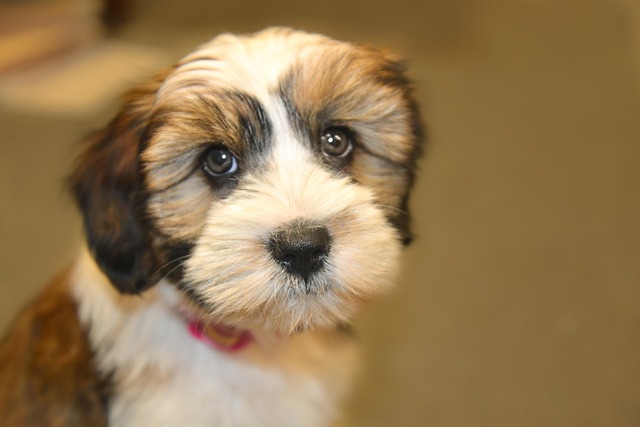
So, you've fallen under the spell of the Akita – that noble, lion-like presence, the quiet dignity, the unwavering loyalty etched right into their soulful eyes. It's understandable. There’s something truly magnetic about this ancient Japanese breed.
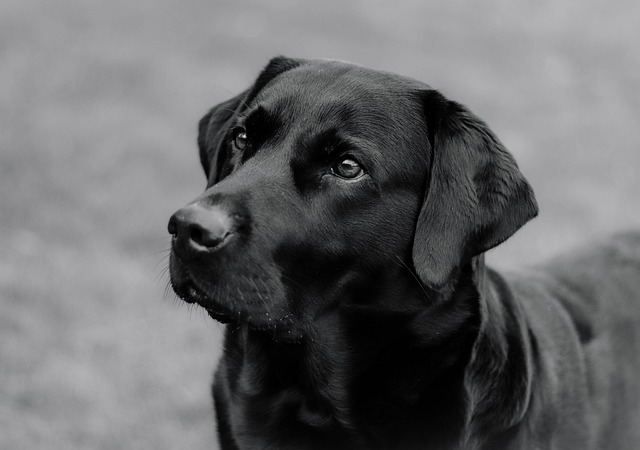
Let's be honest, the image of a massive, shaggy Irish Wolfhound coursing across misty moors after formidable prey is deeply etched in our minds, straight out of folklore and history books.